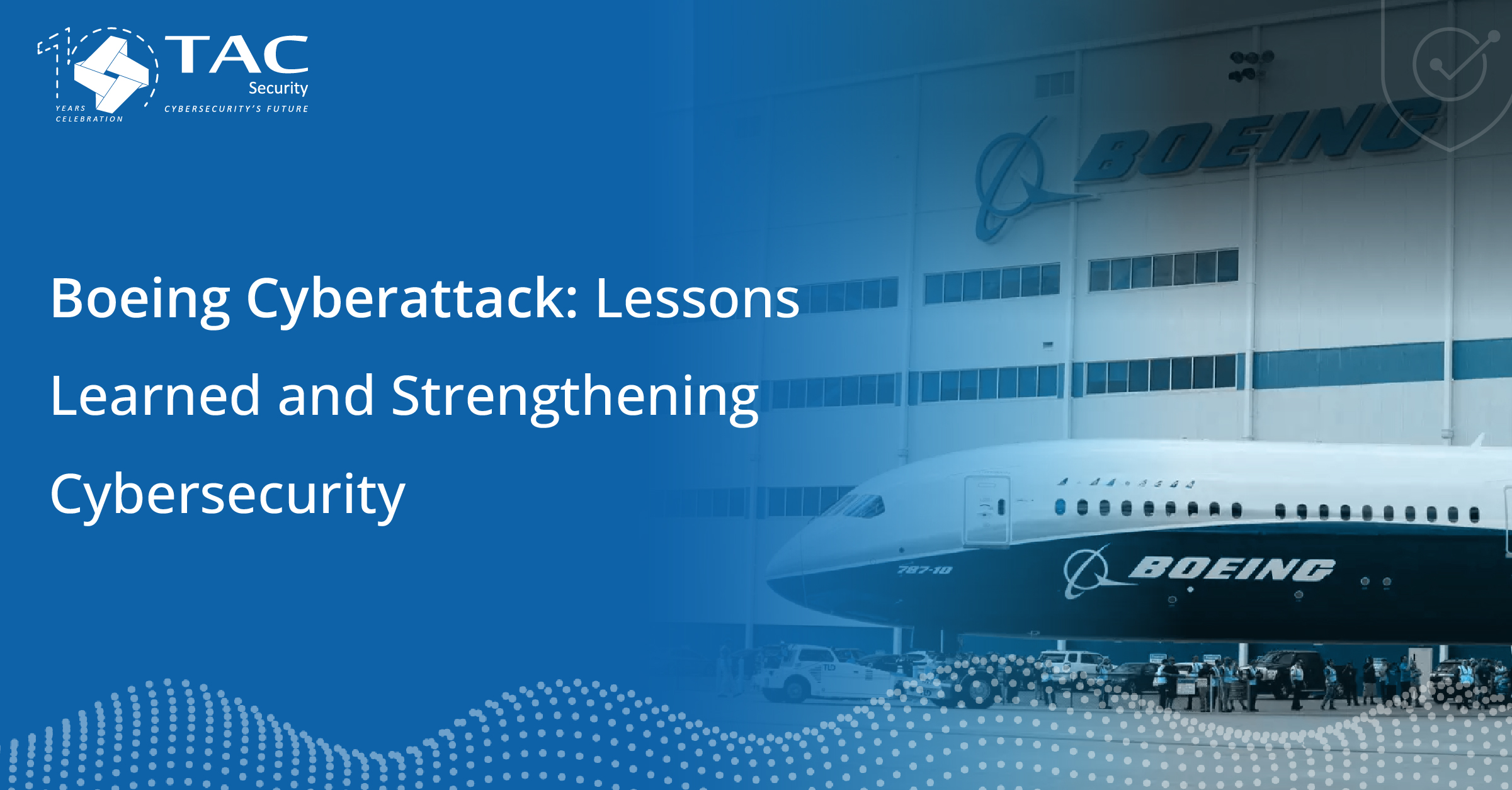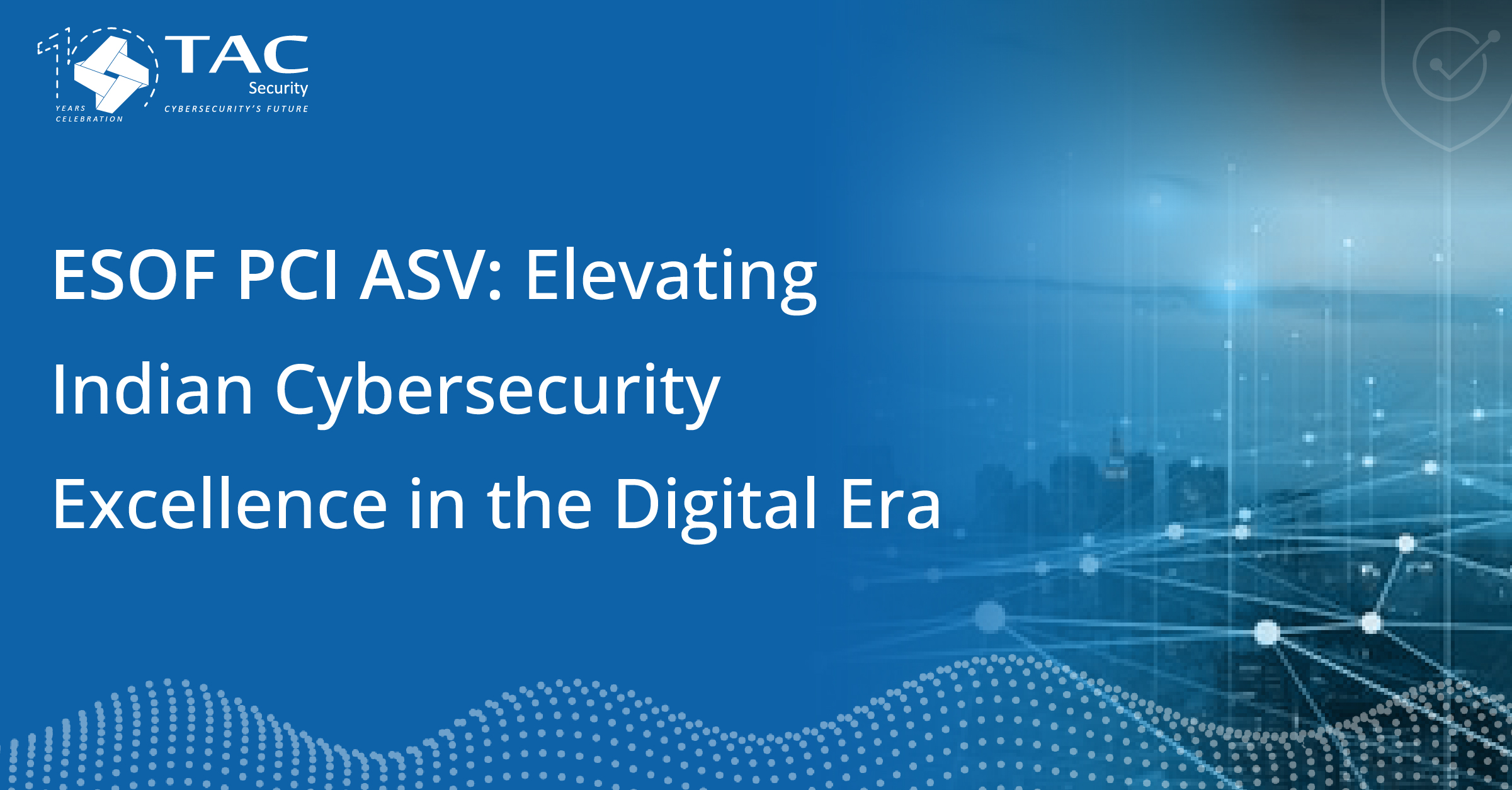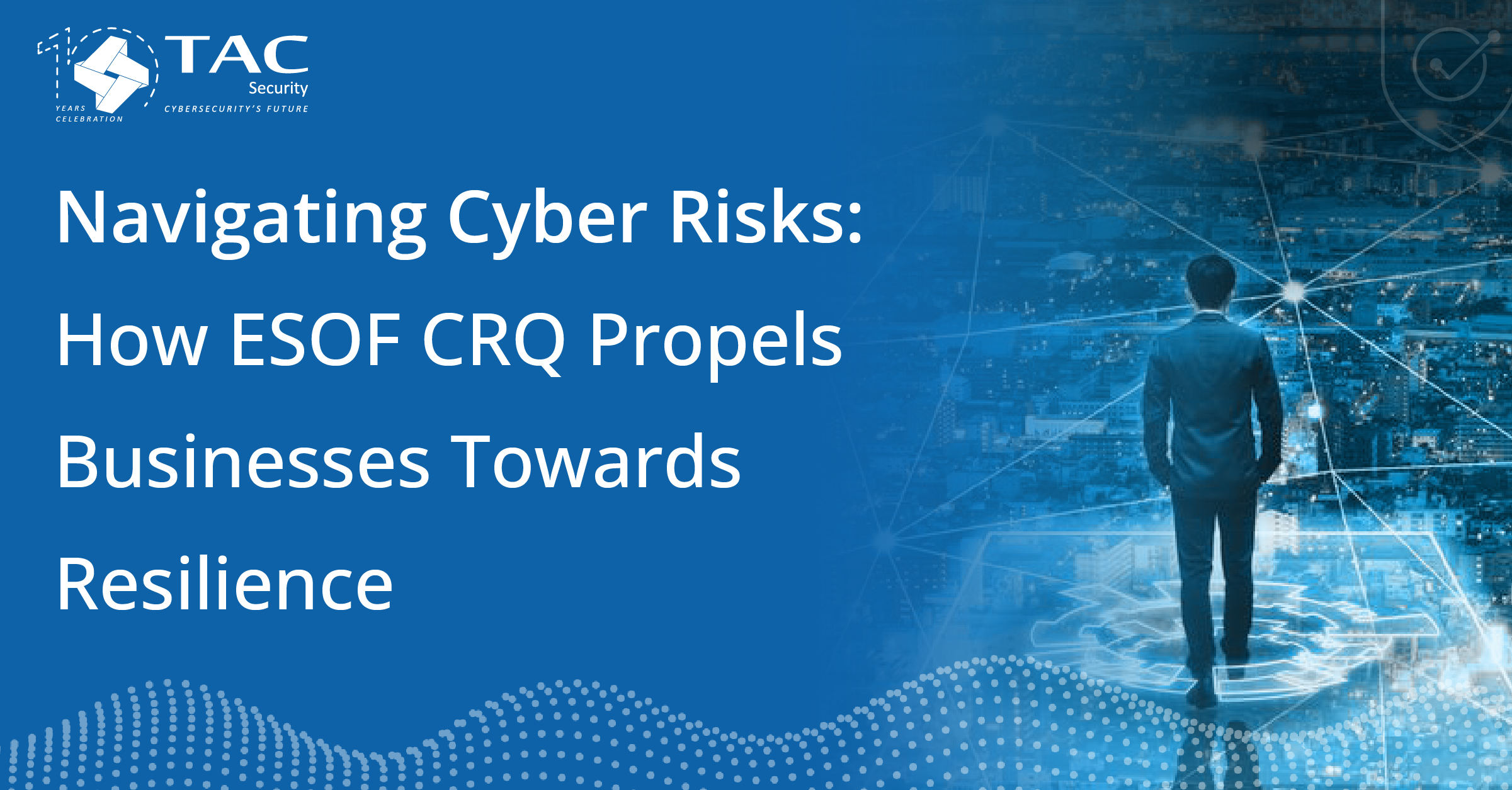Boeing Cyberattack: Lessons Learned and Strengthening Cybersecurity

The Boeing Cyberattack in 2023 sent shockwaves through the aerospace industry, serving as a harsh reminder of the ever-present threat of cyberattacks. This incident, attributed to the LockBit ransomware gang, underscores the need for enhanced cybersecurity measures and vigilance within critical sectors. Let’s delve into the key takeaways from the Boeing Cyberattack and explore how organizations can fortify their defenses against such threats.
Key Takeaways from the Boeing Cyberattack
- Ransomware Continues to Evolve: The Boeing Cyberattack showcases the evolution of ransomware attacks. Cybercriminals are becoming increasingly sophisticated, utilizing tactics such as data theft and extortion to pressure victims. Organizations must adapt to these new threats.
- The Importance of Prompt Detection: Boeing’s quick detection of the breach was crucial in preventing flight safety issues. Timely detection can significantly reduce the impact of a cyberattack, emphasizing the importance of robust intrusion detection and response systems.
- Collaborating with Law Enforcement: Boeing’s collaboration with law enforcement and regulatory agencies is a best practice. Such partnerships can aid in tracking down cyber criminals and mitigating the damage caused by the attack.
- Protecting Sensitive Data: Data theft and potential leaks are increasingly common in cyberattacks. Organizations should prioritize data protection, encryption, and secure storage to safeguard sensitive information.
Strengthening Cybersecurity: How to Prevent Boeing-Like Cyberattacks
To bolster cybersecurity and defend against cyberattacks like the one targeting Boeing, organizations can implement the following measures:
- Comprehensive Security Solutions: Invest in comprehensive cybersecurity solutions like TAC Security’s ESOF (Enterprise Security on One Framework). Such solutions offer real-time vulnerability assessment, threat intelligence integration, and AI-driven anomaly detection to identify and mitigate threats promptly.
- Employee Training: Educate employees about cybersecurity best practices and conduct regular training to help them recognize and respond to phishing and social engineering attempts.
- Incident Response Plan: Develop a robust incident response plan that outlines actions to take in the event of a cyberattack. Ensure that the plan includes communication with law enforcement and regulatory agencies.
- Data Protection: Implement strong data protection measures, including encryption, access controls, and data loss prevention tools, to safeguard sensitive information.
The Boeing Cyberattack serves as a stark reminder of the cybersecurity challenges facing critical industries. As cyber threats evolve, organizations must adapt by implementing comprehensive security solutions, educating their workforce, and collaborating with law enforcement agencies. The lessons learned from the Boeing incident should guide organizations in strengthening their cybersecurity posture and ensuring the safety of critical infrastructure and sensitive data.




